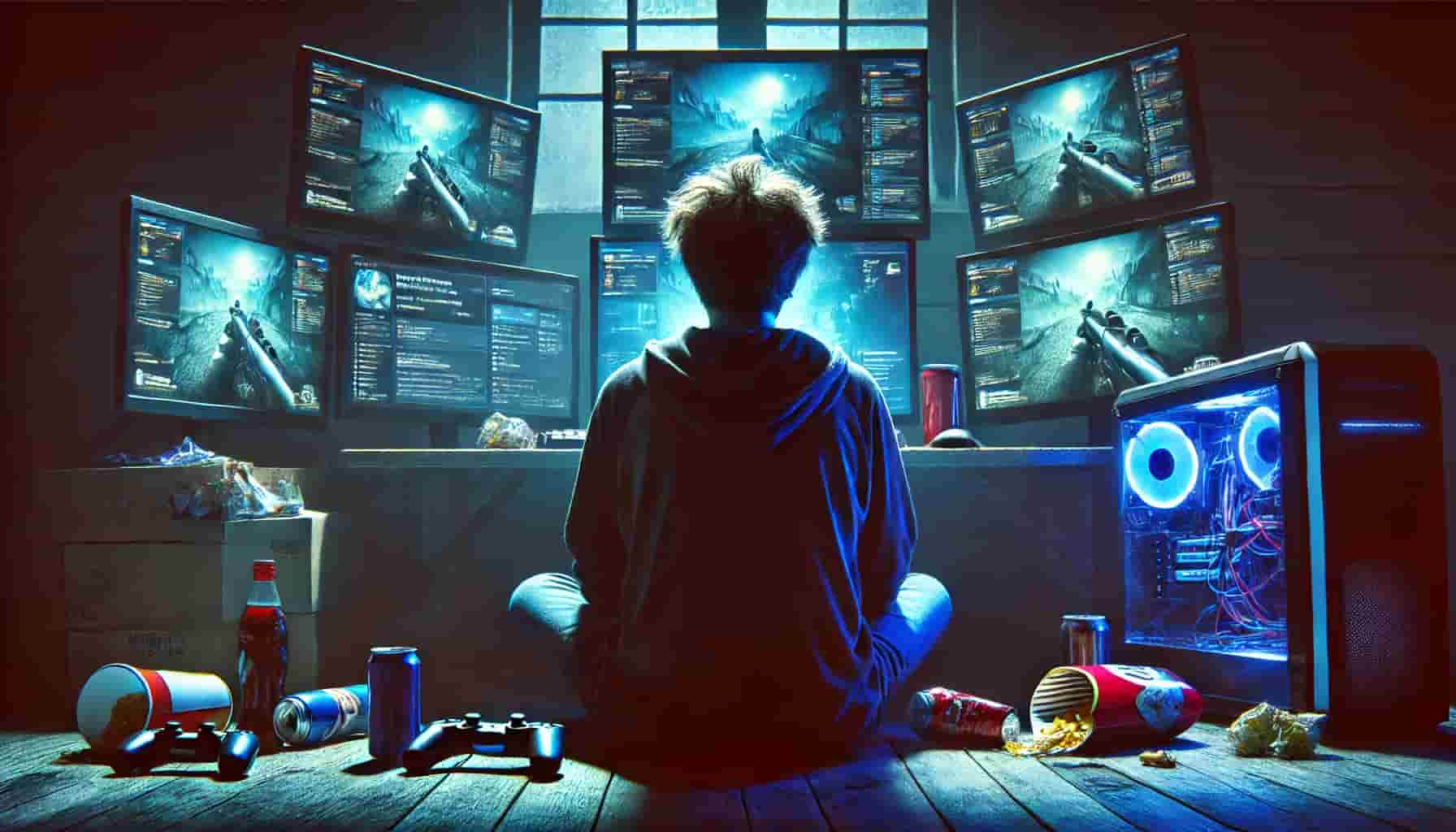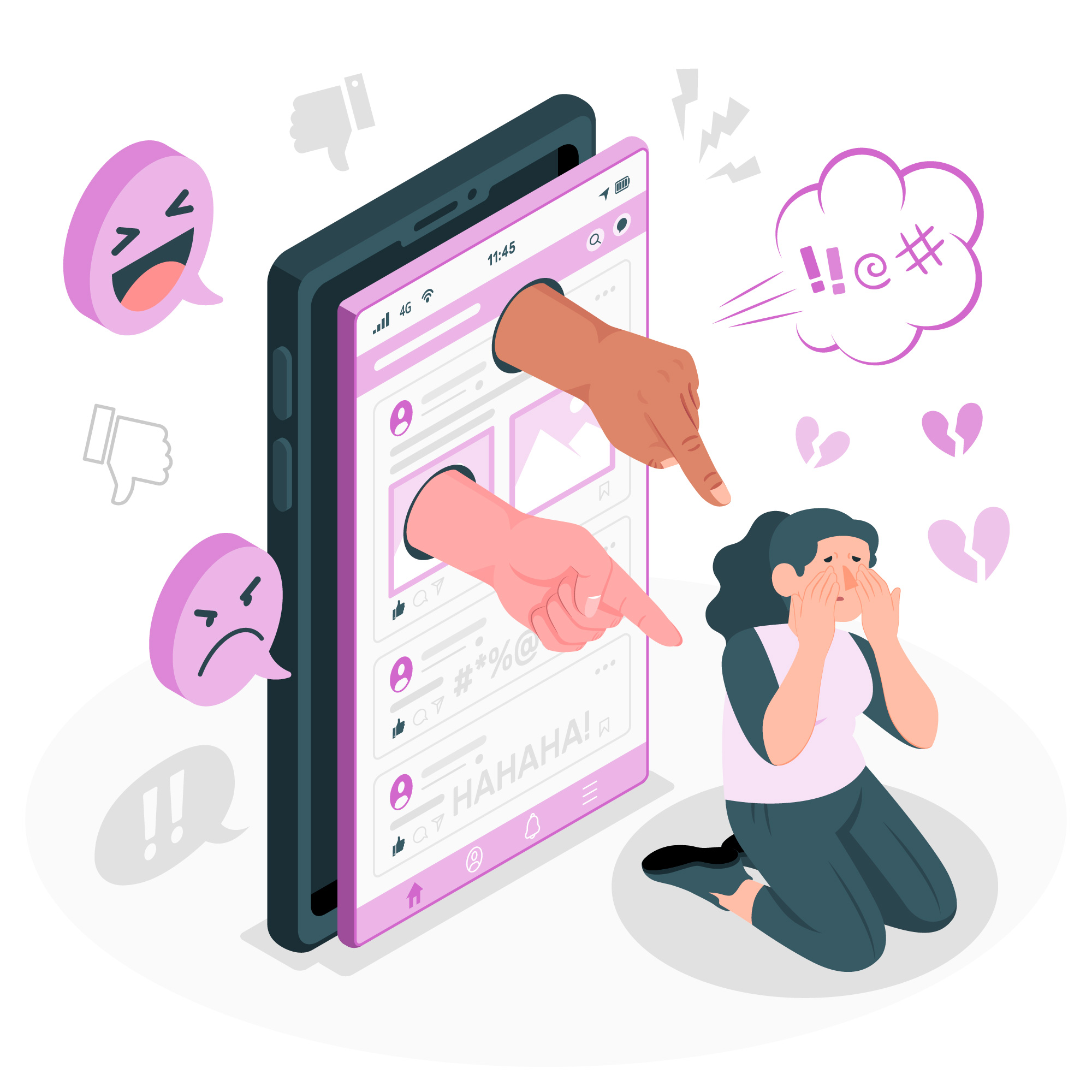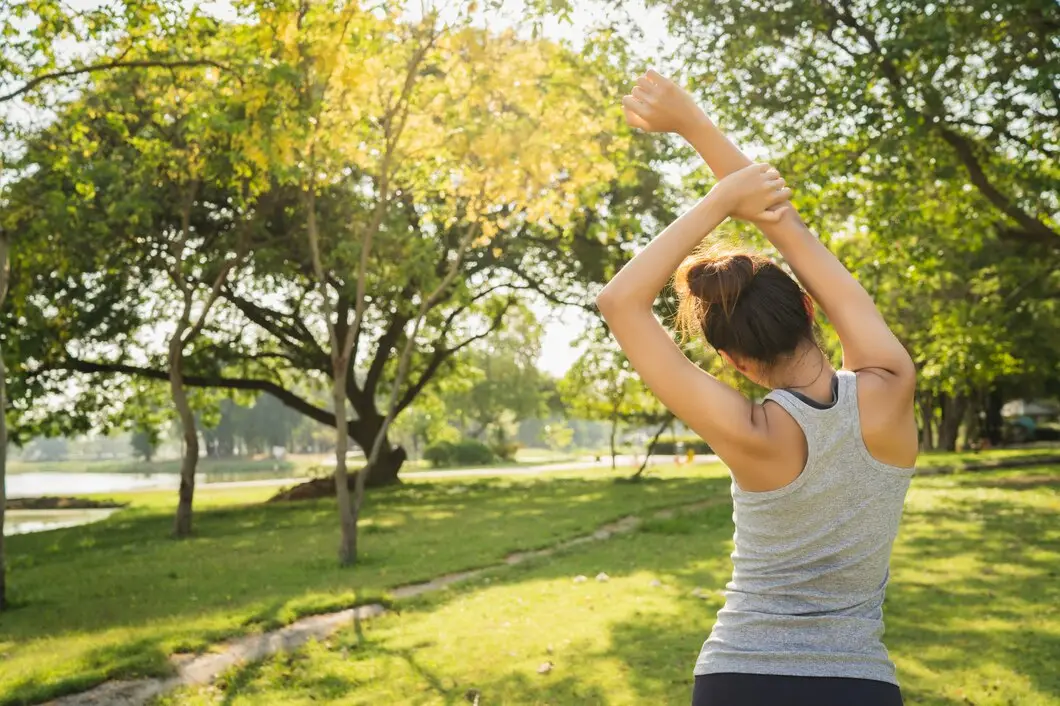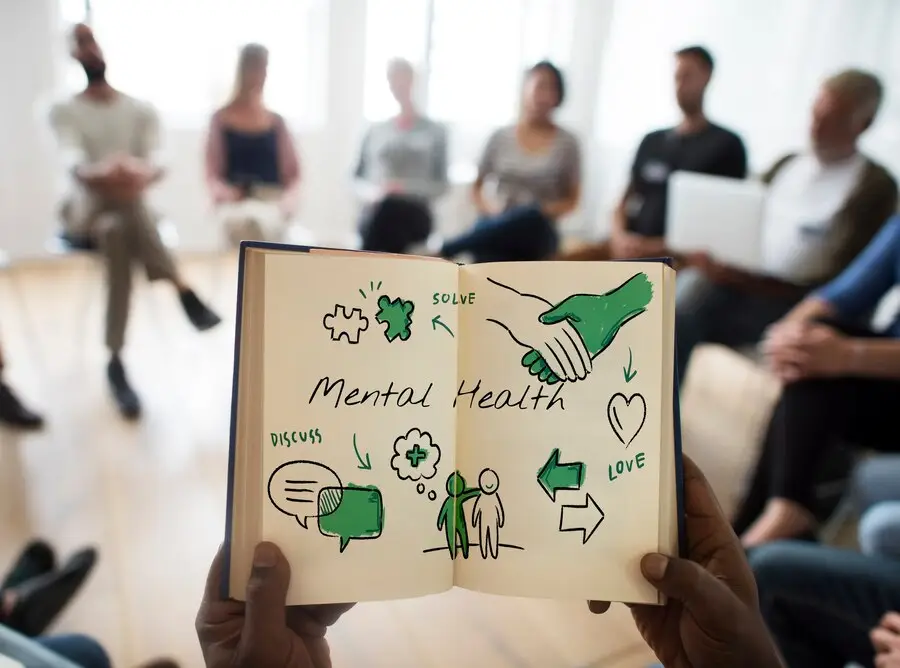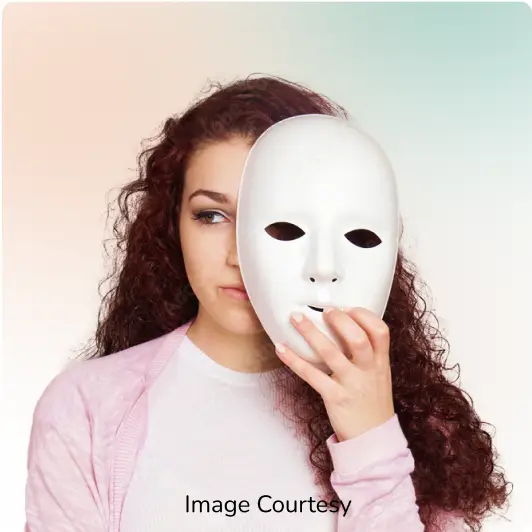Key Facts
- Prevalence: Around 810% of Indian adolescents and young adults exhibit symptoms of gaming disorder, with the numbers rising due to increased access to smartphones and the internet.
- Demographics: The majority of those affected are males aged 1530, though younger children are also increasingly at risk.
- Gaming Duration: On average, Indian gamers spend 23 hours daily on gaming, with some engaging for much longer periods, especially during the COVID19 pandemic.
- Mental Health Impact: Gaming disorder is linked to higher levels of anxiety, depression, social isolation, and sleep disturbances.
- WHO Classification: In 2018, the World Health Organization (WHO) officially recognized gaming disorder as a mental health condition.
Overview
Gaming disorder is characterized by a pattern of persistent or recurrent gaming behavior that takes precedence over other life interests and activities, resulting in significant impairment in personal, family, social, educational, or occupational functioning. In India, the rapid growth of the gaming industry, along with easy access to smartphones and affordable data plans, has led to a surge in gaming addiction among youth. While gaming can be a healthy recreational activity, excessive and uncontrolled gaming can have detrimental effects on mental health and wellbeing. The lure of online multiplayer games, competitive gaming, and virtual rewards can make it difficult for individuals to disengage, leading to addiction.
Symptoms and Patterns
Gaming disorder manifests through various psychological, behavioral, and physical symptoms. Common signs include:
Psychological Symptoms:
- Preoccupation with gaming, even when not playing.
- Inability to reduce or stop gaming despite attempts.
- Using gaming as a way to escape from negative emotions or reallife problems.
- Loss of interest in previously enjoyed activities.
- Anxiety, depression, or irritability when not gaming.
Behavioral Symptoms:
- Neglecting personal, academic, or professional responsibilities to continue gaming.
- Decreased social interactions, leading to social isolation.
- Lying to family members or others about the amount of time spent gaming.
- Continued gaming despite negative consequences, such as poor academic performance or strained relationships.
Physical Symptoms:
- Fatigue due to latenight gaming sessions.
- Sleep disturbances or insomnia.
- Eye strain, headaches, and back or wrist pain from prolonged screen time.
- Neglecting personal hygiene and health.
Patterns:
- Binge Gaming: Engaging in extended gaming sessions that can last for hours or even days, often without breaks.
- Escalating Time Spent Gaming: Gradual increase in gaming hours, often leading to neglect of other responsibilities.
- Avoidance of RealLife Activities: Preference for gaming over reallife social interactions, academics, or work.
Risks and Protective Factors
Risks:
- Age: Adolescents and young adults are particularly vulnerable to gaming disorder due to their developmental stage and susceptibility to peer influence.
- Psychological Vulnerabilities: Individuals with low selfesteem, anxiety, depression, or social anxiety may use gaming as a coping mechanism, increasing the risk of addiction.
- Easy Accessibility: The availability of gaming on multiple platforms (smartphones, PCs, consoles) and the rise of freetoplay games make gaming more accessible and harder to regulate.
- Social Influence: Peer pressure and the desire to fit in with online communities can drive excessive gaming.
- Lack of Supervision: Inadequate parental supervision and monitoring of gaming habits can lead to unchecked gaming behavior.
Protective Factors:
- Parental Involvement: Active parental monitoring and setting limits on gaming time can reduce the risk of gaming disorder.
- Balanced Lifestyle: Encouraging a healthy balance between gaming and other activities, such as sports, hobbies, and social interactions, can protect against addiction.
- Digital Literacy: Educating individuals about the potential risks of excessive gaming and teaching them how to manage their screen time effectively.
- Strong Social Support: Having supportive family and friends who encourage offline activities and healthy habits can help prevent gaming addiction.
- Engagement in RealLife Activities: Participation in extracurricular activities, community events, and offline social interactions can reduce reliance on gaming for fulfillment.
Treatment and Care
Addressing gaming disorder in India requires a comprehensive approach that includes education, behavior modification, and professional support:
- Digital Detox: Encouraging individuals to take breaks from gaming and engage in offline activities, such as sports, hobbies, or spending time with family and friends.
- Therapy: Counseling or therapy can help individuals understand the underlying emotional issues driving their gaming behavior and develop healthier coping mechanisms. Cognitive Behavioral Therapy (CBT) is particularly effective in treating gaming disorder.
- Parental Guidance: For younger individuals, parents can play a critical role by setting boundaries around gaming, monitoring online activities, and promoting a balanced lifestyle.
- Support Groups: Group therapy or support groups for individuals with gaming disorder can provide a sense of community and shared experiences, helping individuals overcome addiction.
Medicines
While medication is not the primary treatment for gaming disorder, it may be considered in cases where the addiction is linked to underlying mental health conditions, such as anxiety, depression, or ADHD. Common medications include:
- Antidepressants: SSRIs or other antidepressants may be prescribed if the individual is also suffering from depression or anxiety.
- Anxiolytics: Shortterm use of antianxiety medications may be considered for individuals experiencing severe anxiety linked to gaming withdrawal.
- Stimulants: In cases where ADHD is present, stimulant medications may help manage symptoms and reduce the need for excessive gaming as a coping mechanism.
Note: Medications should only be used under the supervision of a healthcare professional and in conjunction with therapy or other psychosocial interventions.
Psychological and Psychosocial Interventions
Cognitive Behavioral Therapy (CBT): CBT is one of the most effective treatments for gaming disorder. It helps individuals identify and change negative thought patterns and behaviors related to gaming and develop healthier ways to cope with stress and emotions.
Mindfulness and Relaxation Techniques: Mindfulness practices, such as meditation and deep breathing exercises, can help individuals manage the urges to game and reduce stress.
Psychoeducation: Educating individuals and their families about the risks of gaming disorder and the importance of maintaining a healthy balance between online and offline activities.
Behavioral Interventions: Techniques such as setting time limits on gaming, using rewards for reducing gaming time, and encouraging engagement in other activities can help manage gaming disorder.
Family Therapy: Involving the family in therapy can help address any underlying family dynamics that may be contributing to the individual’s gaming disorder and improve communication and support within the family.
SchoolBased Interventions: Schools can play a role by educating students about the risks of excessive gaming, promoting digital literacy, and offering support for students who may be struggling with gaming addiction.
Conclusion
Gaming disorder is an emerging mental health challenge in India, particularly among adolescents and young adults. While gaming can offer entertainment and social connection, excessive and uncontrolled gaming can lead to significant mental health issues and impair daily functioning. By promoting digital literacy, encouraging balanced lifestyles, and providing access to mental health resources, India can help individuals manage their gaming habits and prevent addiction. Addressing gaming disorder is crucial for ensuring the wellbeing of the younger generation in an increasingly digital world.

